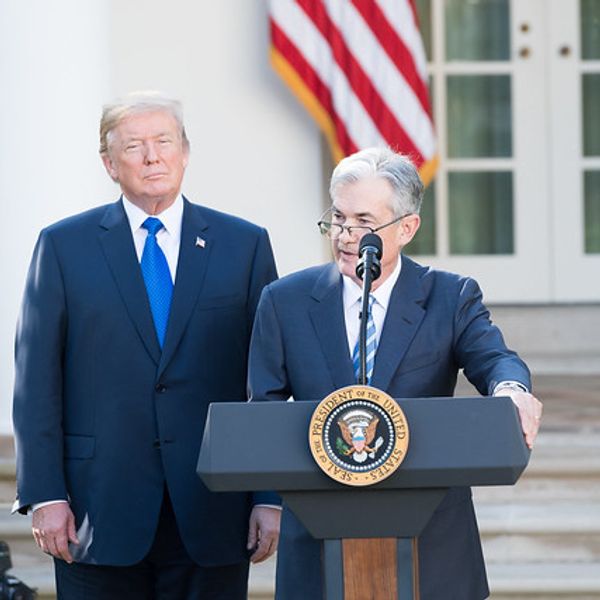
As things now stand, the U.S. Department of Agriculture oversees steaks, chicken thighs and eggs out of their shells. The Food and Drug Administration keeps an eye on salmon, apples and eggs in their shells.
Fifteen government entities now supervise food safety, including the Centers for Disease Control and Prevention, the Environmental Protection Agency and the National Oceanic and Atmospheric Administration (seafood).
President Obama wants to consolidate all these food-monitoring functions in a yet-to-be-created Food Safety Administration. Makes sense.
It’s not unusual to find inspectors from several agencies trooping through the same processing plants and other facilities. Some duplicate what others are doing — or don’t do what they think others are doing — or do what the person who came through the week before could have done. Streamlining food safety could also save the taxpayers and consumers some money.
This could be done with no loss — and perhaps some improvement — in this country’s admirable food safety record. But that may not stop food alarmists from sowing panic. There’s a business in spreading fear about what we eat, often promoting myths of danger — much as the anti-vaccination movement has done.
And there are government employees who see their jobs as threatened. Of Obama’s proposal, a USDA inspector and the head of a government meat inspectors union complained, “This would drag us down to (the FDA’s) minuscule standards.”
What a good opportunity to revisit the non-existent mad cow crisis of 10 years ago. Mad cow disease affects the animal’s brain and spinal cord. Americans don’t generally eat those parts, which is one reason the few who died from the infected cows were mostly Europeans.
The other reason is that almost no American cow had the disease. At the time of maximum hysteria, only one cow, in Washington state, was found to be infected — and it had come from Canada.
Nonetheless, columnist Paul Krugman spoke of a “declining credibility of U.S. food regulation” and asked, “How did America find itself back in The Jungle?” That was a reference to Upton Sinclair’s 1906 exposé of Chicago meat processors.
Eric Schlosser, author of Fast Food Nation, wrote that mad cow disease “confronts the United States with perhaps its most serious and complex food-safety threat.”
Actually, no one — not one person — had ever contracted the human variant of mad cow disease by eating from an American cow before then (or has since). But in a 2004 op-ed for The New York Times, Schlosser jumped all over the USDA secretary’s spokeswoman for issuing a press release titled “Mad Cow Disease Not a Problem in the U.S.”
This was not about reality, not any more than are the reports of vaccines causing profound mental disorders in children.
If one dislikes the aesthetics of industrialized food production, if one objects to mistreatment of many farm animals, if one does not care to eat meat — we hear you. But keep the arguments honest. They are rarely about food safety.
For the record, fruits and vegetables typically account for twice as many cases of food poisoning in this country as does meat, according to the CDC. In recent years, though 29 percent of the foodborne illnesses leading to death have come from eating meat, 23 percent have been tied to produce.
Americans aren’t great at assessing risks. Social media magnify the significance of anecdotes, and many stories, even untrue ones, go viral because they are colorful.
Any plans to change the system for keeping food safe will bring out a variety of economic interests. Bear in mind that some of the economic interests have nothing to do with food production.
Follow Froma Harrop on Twitter @FromaHarrop. She can be reached at fharrop@gmail.com. To find out more about Froma Harrop and read features by other Creators writers and cartoonists, visit the Creators Web page at www.creators.com.
Photo: Czarina Alegre via Flickr








